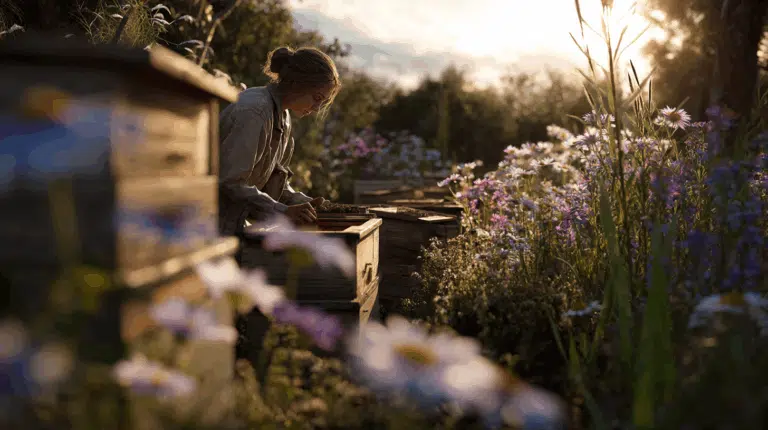Spicy fruits from the nightshade family, rich in vitamin C and antioxidants. They vary in pungency and flavor, are versatile, and add heat, color, and character to various dishes.
Want to enrich your vegetable garden with spicy, flavorful, and versatile vegetables ? At EasySeeds.eu, you'll find a carefully selected range of chili and pepperoni seeds , perfect for both novice and experienced gardeners. From mild pepperoni to fiery chilies, our seeds make it easy to grow a diverse harvest of Capsicum crops from your own garden. Chili and pepperoni are not only culinary favorites but also visually stunning additions to your vegetable garden.
Chili and pepperoni are popular for their flavor, versatility, and spiciness . By choosing chili and pepperoni seeds , you benefit from:
Spicy variety: from mild pepperoni to extremely hot chili peppers, there is a suitable variety for every taste and dish.
Colorful harvest: the fruits vary from red, orange, yellow and green, adding an attractive color to both the garden and your dishes.
Healthy vegetables: rich in vitamins, minerals and antioxidants , especially vitamin C and carotenoids, a healthy addition to your diet.
Versatility in the kitchen: suitable for salads, sauces, stir-fries, grilled, in stews or fermented in spicy sauces.
Our chili and pepperoni seeds are carefully selected for quality, germination rate, and flavor . EasySeeds.eu offers clear sowing and growing instructions, so you can easily achieve a successful harvest. Many of our seeds are organic or unprocessed , so you can enjoy pure, healthy vegetables straight from your own garden.
At EasySeeds.eu you will find a wide range of chili and pepperoni varieties, including:
Mild pepperoni: ideal for those who love a subtle kick and versatile use in salads and pizzas.
Hottest chili peppers: fiery varieties for the true lover of spicy cooking.
Special varieties: colorful, compact, or exotic varieties that are a real eye-catcher in the vegetable garden as well as on the plate.
Each variety has been selected for ease of growing, high yield and excellent flavour , so you can get the most out of your vegetable garden.
Enrich your vegetable garden with chili and pepperoni seeds from EasySeeds.eu and enjoy a harvest full of color, flavor, and spice . Order your seeds easily online today and experience the joy of growing chili and pepperoni in your own garden . With EasySeeds.eu, you'll not only grow delicious vegetables but also a vegetable garden full of diversity, color, and success .

Chili is a collective term for spicy peppers. Peperoni is usually a milder, elongated variety often used in Mediterranean dishes.
That depends on the variety. Spicyness is measured in Scoville Units (SHU). Pepperoni is typically mild (100–1,000 SHU), while chilies can range from mild to extremely hot (up to over 1,000,000 SHU).
Sow indoors from February to April. This gives the plants enough time to grow before it's warm enough to plant outdoors.
Sow the seeds 0.5 to 1 cm deep in moist seed compost. Cover lightly and keep warm.
Germination usually takes 7 to 21 days, depending on the temperature and humidity.
The ideal temperature is between 25 and 30°C. Use a heat mat to achieve this, if necessary.
Provide plenty of sun, moderate watering, and moderate fertilization. Mild stress increases capsaicin production (the heat).
Hang them in a warm, airy place or use a food dehydrator on a low temperature until they are completely dry.